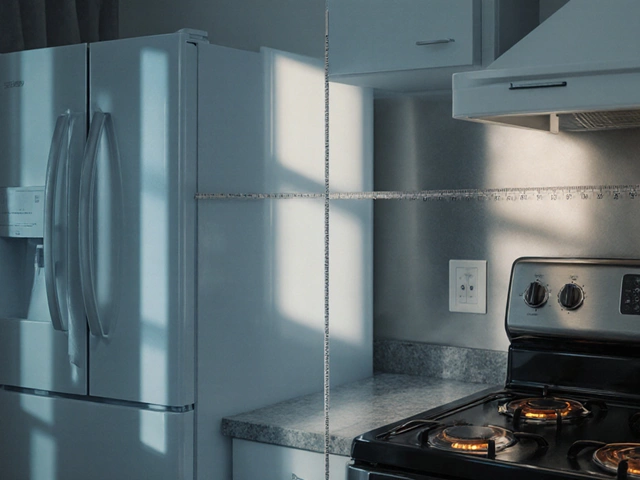Seat Cushions: Comfort, Care, and Quick Fixes
If you spend time on a sofa, chair, or bench, the right seat cushion can make the difference between a sore back and pure relaxation. Good cushions give the right support, keep the room looking tidy, and can even stretch the life of your furniture. In this guide we’ll walk through how to spot a quality cushion, swap out old foam, and keep everything fresh without a lot of hassle.
Choosing the Right Seat Cushion
First thing to ask yourself is what you’ll use the cushion for. A sofa that gets daily family traffic needs a firmer, high‑density foam (about 30‑35 kg/m³) so it springs back after each sit. A reading chair that’s only used a few hours a week can get away with a softer, lower‑density fill for extra plushness.
Next, check the cover material. Cotton blends breathe well and are easy to wash, while synthetic fabrics resist stains better. If you have pets, look for upholstery that’s specifically labeled pet‑friendly – it will handle fur and occasional accidents without pulling.
Finally, measure the cushion size before you buy. Too small a cushion will look out of place and may shift around, while a too‑large one can sag in the middle. Most manufacturers list dimensions in inches; compare those to the seat width and depth of your furniture.
Cleaning and Maintaining Your Cushions
Cleaning seat cushions doesn’t have to mean a full strip‑down. For cushions with removable covers, a quick machine wash on a gentle cycle does the trick. When the cover is built‑in, spot‑clean with a mild soap solution and a soft cloth – avoid saturating the foam, as excess moisture can cause mildew.
Stains from coffee or wine are best tackled right away. Blot (don’t rub) with a dry paper towel, then apply a little dish soap diluted in water. Give the area a gentle tap with a clean damp cloth and let it air dry. For tougher odors, sprinkle baking soda over the cushion, let it sit for an hour, then vacuum it off.
Every six months, give the cushion a light fluff. Push the foam from side to side and roll it gently to break up clumps. This simple habit keeps the cushion from developing permanent dips and helps maintain its original shape.
When the foam finally starts to lose its bounce, replacing it is surprisingly easy. You can buy replacement foam blocks that match the original density, cut them to size with a sharp knife, and insert them into the existing cover. If you’re not comfortable cutting foam yourself, many local upholstery shops will do the job for a modest fee.
In short, a good seat cushion starts with the right foam and cover, stays fresh with regular spot‑cleaning, and gets a new lease on life when you swap the fill. Keep these quick tips in mind and you’ll enjoy comfortable, looking‑great seating for years to come.






